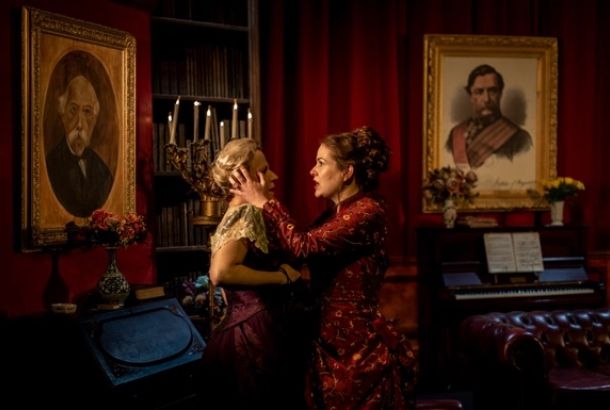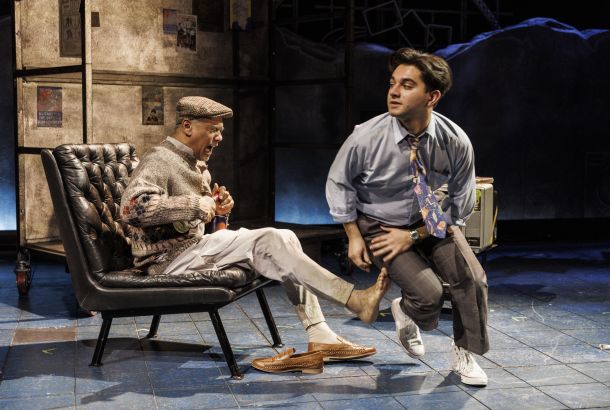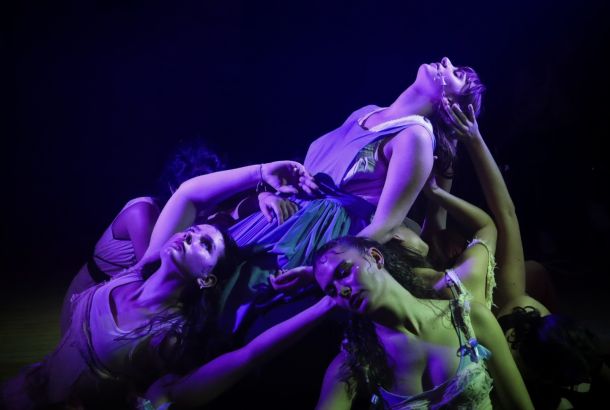Review: Rambert – Dance
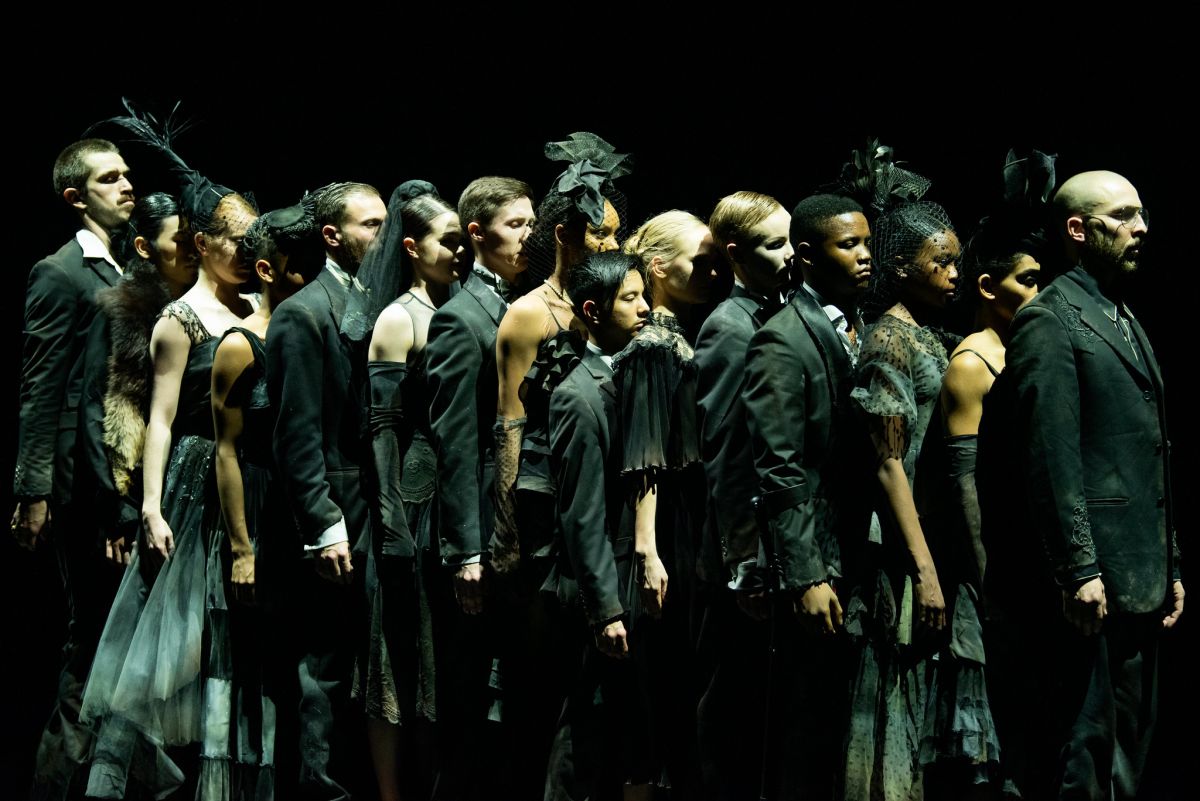
Written by Jessica Hamilton
The brilliant and bold dancers of Rambert took to the Lowry stage this week. The diverse group performed three separate pieces by different choreographers. Though their styles and themes were notably different, all were connected by their beautiful storytelling of the human condition.
Starting the show, Imre and Marne Van Opstal’s Eye Candy delved into the discomforts of the human body. Each dancer wore silicon suits reflecting the ‘ideal’ body type. Moving robotically and reluctantly as if they were navigating a foreign vessel. Their external movement reflects the inner dissatisfaction with unattainable beauty standards. This dystopic dance assesses the absurdity of placing physicality on a pedestal.

Ben Duke’s Cerberus is simultaneously light and dark. The dance-comedy included an on-stage percussionist Romarna Cambell, guitarist George Robinson and soprano Rebecca Leggett. The performance considered multiple meanings on mortality.
Entering the stage with a rope tied around her waist, Aishwarya Raut progresses from life (stage right) to death (stage left). Unsure of where she went, a bewildered director Antonello Sangiradi attempts to find her. Instead, he finds himself in a nightmarish state speaking an Italian eulogy to guests wearing elaborate funeral garments. His comedic other-half consistently translating and both of them stressing not to walk towards stage left. A change of pace occurs as dancers move in a continuous line across the stage. Grasping on to a rope, each performer reacting to their indefinite ending. Some dragged, some accepting but most reluctant. Willingly confronting death the director enters the underworld to retrieve Raut. This thought-provoking piece was personally my favourite of the three.
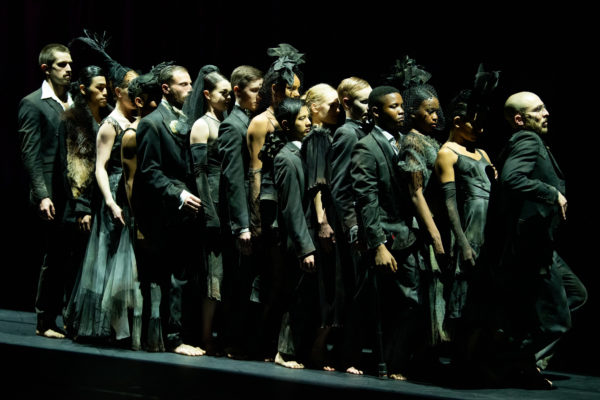
Alonzo King’s Following the Subtle Current Upstream concluded the evening. King explains, “everything that exists in nature is seeking to return to its original source”. The dance, rooted in ballet, consisted of highly technical movements which the dancers performed effortlessly. In contrast to the previous pieces, King’s work lacked a storyline.
Therefore, audience appreciation seemed to focus on the performers rather than the plot. In my opinion, this piece was best placed last. The combination of entrancing music and flowing movements offered a more optimistic outlook, ending the evening on a light and hopeful note.
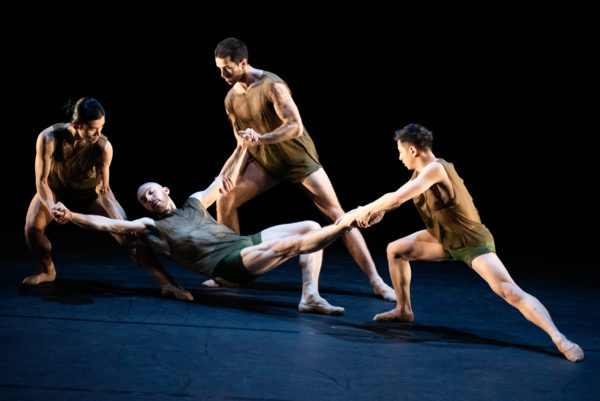
Credit for production design should be given to Ed Trotter. The lighting, set and sound all added to the texture of the performances. Rambert is a beautiful company, and I would encourage anyone to spend the evening with them.
Rambert’s Dance plays at the Lowry (Lyric Theatre) until 27th May, before heading to Theatre Royal Brighton for two nights over 31st May and 1st June – the last stop of its UK tour. You can find upcoming events on their website.
